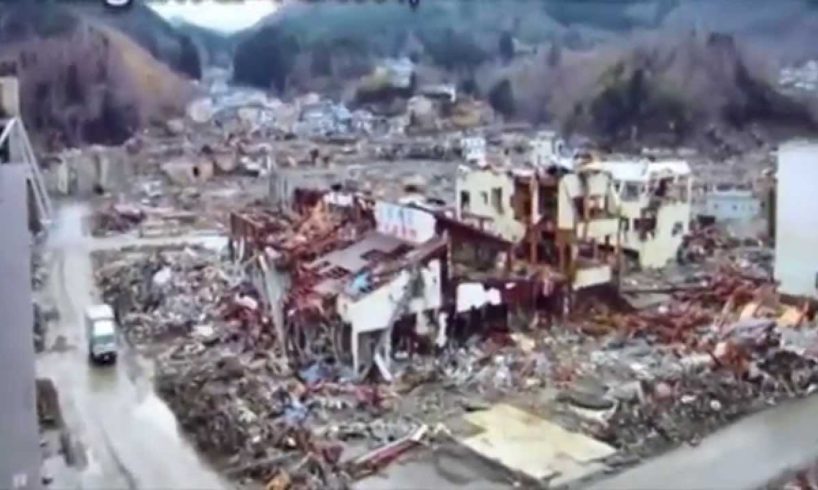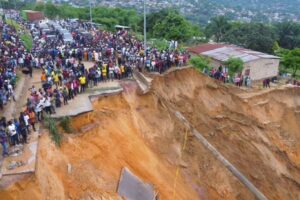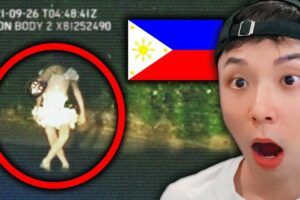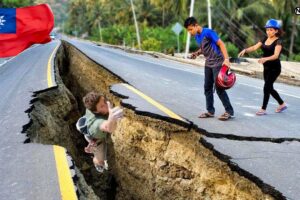
This is a 26 minute long video I put together of the 2011 Japan Tsunami. This was the worst tsunami to hit Japan in the past 1,100 years, and even today they are still recovering.
Help Japan: http://www.mercycorps.org/countries/japan
Information from Wikipedia:
The 2011 earthquake off the Pacific coast of Tōhoku (東北地方太平洋沖地震 Tōhoku-chihō Taiheiyō Oki Jishin) was a magnitude 9.0 (Mw) undersea megathrust earthquake off the coast of Japan that occurred at 14:46 JST (05:46 UTC) on Friday 11 March 2011,[2][3][8] with the epicentre approximately 70 kilometres (43 mi) east of the Oshika Peninsula of Tōhoku and the hypocenter at an underwater depth of approximately 30 km (19 mi).[2][9] The earthquake is also often referred to in Japan as the Great East Japan earthquake (東日本大震災 Higashi nihon daishinsai?)[10][11][12][fn 1] and also known as the 2011 Tohoku earthquake,[13] and the 3.11 earthquake. It was the most powerful earthquake ever recorded to have hit Japan, and the fourth most powerful earthquake in the world since modern record-keeping began in 1900.[8][14][15] The earthquake triggered powerful tsunami waves that reached heights of up to 40.5 metres (133 ft) in Miyako in Tōhoku’s Iwate Prefecture,[16][17] and which, in the Sendai area, travelled up to 10 km (6 mi) inland.[18] The earthquake moved Honshu (the main island of Japan) 2.4 m (8 ft) east and shifted the Earth on its axis by estimates of between 10 cm (4 in) and 25 cm (10 in),[19][20][21] and generated sound waves detected by the low-orbiting GOCE satellite.[22]
On 10 March 2015, a Japanese National Police Agency report confirmed 15,891 deaths,[23] 6,152 injured,[24] and 2,584 people missing[25] across twenty prefectures, as well as 228,863 people living away from their home in either temporary housing or due to permanent relocation.[26] A February 10, 2014 agency report listed 127,290 buildings totally collapsed, with a further 272,788 buildings ‘half collapsed’, and another 747,989 buildings partially damaged.[27] The earthquake and tsunami also caused extensive and severe structural damage in north-eastern Japan, including heavy damage to roads and railways as well as fires in many areas, and a dam collapse.[18][28] Japanese Prime Minister Naoto Kan said, “In the 65 years after the end of World War II, this is the toughest and the most difficult crisis for Japan.”[29] Around 4.4 million households in northeastern Japan were left without electricity and 1.5 million without water.[30]
The tsunami caused nuclear accidents, primarily the level 7 meltdowns at three reactors in the Fukushima Daiichi Nuclear Power Plant complex, and the associated evacuation zones affecting hundreds of thousands of residents.[31][32] Many electrical generators were taken down, and at least three nuclear reactors suffered explosions due to hydrogen gas that had built up within their outer containment buildings after cooling system failure resulting from the loss of electrical power. Residents within a 20 km (12 mi) radius of the Fukushima Daiichi Nuclear Power Plant and a 10 km (6.2 mi) radius of the Fukushima Daini Nuclear Power Plant were evacuated. In addition, the U.S. recommended that its citizens evacuate everyone within up to 80 km (50 mi) of the plant.[33]
Early estimates placed insured losses from the earthquake alone at US$14.5 to $34.6 billion.[34] The Bank of Japan offered ¥15 trillion (US$183 billion) to the banking system on 14 March in an effort to normalize market conditions.[35] The World Bank’s estimated economic cost was US$235 billion, making it the costliest natural disaster in world history.
source






